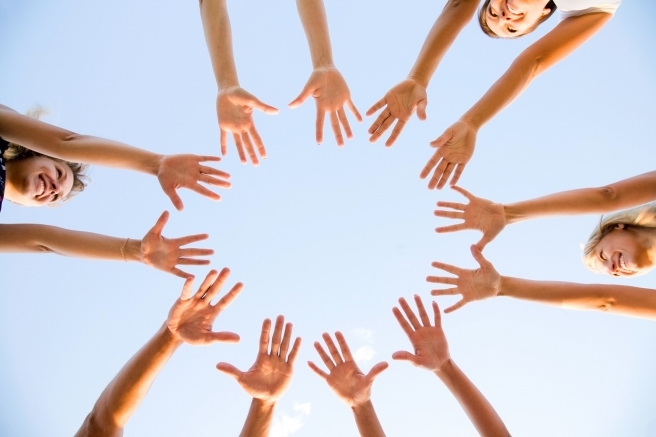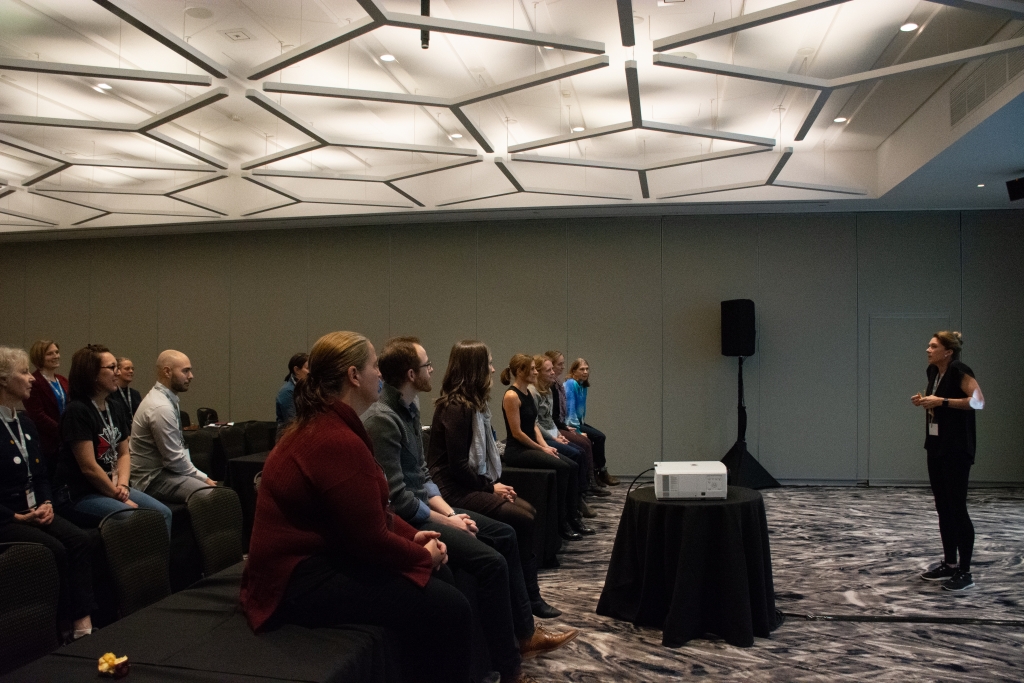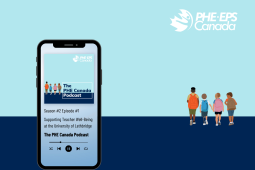How Would You Grade Comprehensive School Health in Canada?

How Would You Grade Comprehensive School Health in Canada?
This question was recently asked by a keynote presenter at the Healthy School Communities National Forum in Ottawa. The numbers that bounced around the conference room were around 3/10 and 5/10. I found this perplexing. Surely, in comparison to low resource countries, we must be at least 8 or 9 out of 10? Organizations such as Dash B.C., Ever Active Schools, Ophea, PHE Canada have a plethora of high-quality resources and the direct investment in projects such as Apple Schools in Alberta has been significant. And this is just to mention a few. There are some brilliant people and organizations in school health doing amazing work that is worthy of full marks. So why the low scores?

I believe it is the competing priorities, the challenging nature of the work, differing ideologies and inequities for indigenous communities and across the entire system, which are at the root of the lower grade perceptions. The disparities and inequities across the country are stark. Larger provinces generally have recognized organizations with at least some capacity to support Comprehensive School Health. Other provinces tend to have just a few passionate individuals. And then there are the inequities at the school level.
I also sensed frustration in the forum audience, mostly comprised of folks who work between the health and education sectors. Promoting CSH is hardly like selling a car or an iPhone. It is not a ‘thing’ but more of a way of ‘doing business’, a conceptual approach that does not have a single clear path to implementation. The CSH model tells us that ‘cookie cutter’ approaches are not appropriate and we need to start from a needs-based assessment that might have a physical, spiritual, mental or emotional perspective with different aims and priorities that need to be addressed in the first instance. If you cannot easily describe it in an elevator pitch, it is a much harder sell. The uptake and understanding in the wider community is not always the same as our own and that can be bothersome. It takes time, patience and understanding on the part of the entire healthy school community and its leaders, but we know the health benefits far outweigh the investment in time, energy and resources.
In the Education sector, CSH is generally recognized as important, but the top priorities go to math, language arts, science and STEM subjects. Many education leaders feel that ‘if we give them an apple and tell them to run upstairs’ we have it covered. There is also the challenge of those in the health sector who see the role of schools as an ideal venue to make students healthy and this sometimes does not align with schools who see their role as educating students about health. These differing ideologies and extent of neoliberal influences can be seen, for instance, in how different jurisdictions tackle the issue of healthy foods in schools; the actions range from guidelines to policies to legislation. It is hardly surprising, given these challenges and frustrations, that the reality is not living up to the aspirations of an enthusiastic school health community.

There is, however, much to be optimistic about. The key organizations focused on school health are aligning their efforts through the National Alliance for Healthy School Communities. There have been many attempts for more than a decade to bring organizations together which has happened on occasions with funding from philanthropic organizations and research grants. However, while there is key funder support, there is also a real commitment from each of the organizations and an appreciation for value in working together. There is an emerging appreciation for the needs of indigenous communities and inequities that need to be addressed. We can reasonably expect regular national conferences and other support mechanisms to emerge. There are Comprehensive School Health activities going on in jurisdictions across Canada that need to be recognized, supported by research, celebrated and shared. There is so much great work going on and more to be accomplished. It seems that the train has left the station and is now rolling. In my mind, that is worth at least a 7/10!








